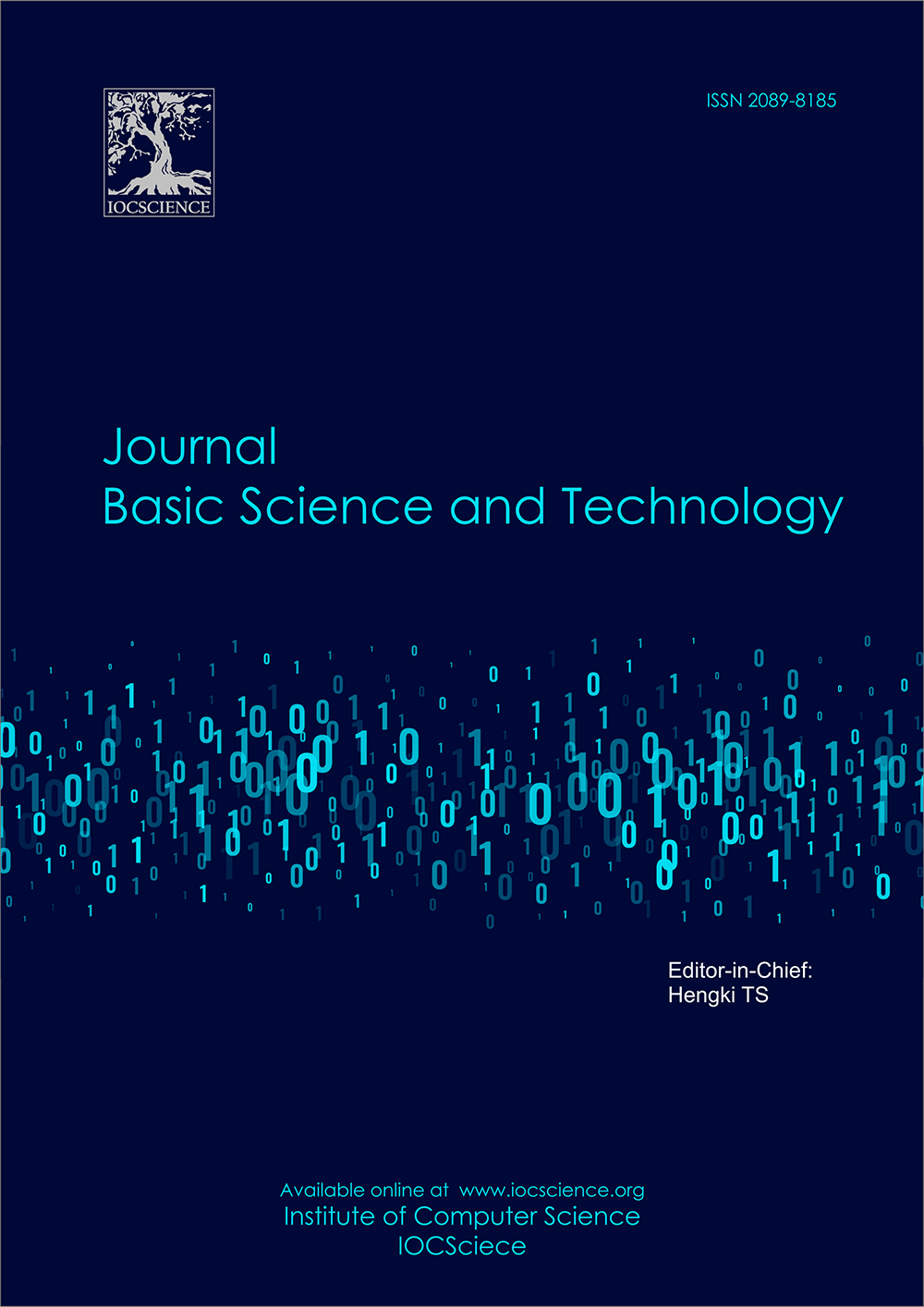Effect of Process Parameter Variations in TIG Welding on Joint Strength
Keywords:
TIG Welding, Process Parameters, Joint Strength, Weld Quality, Mechanical PropertiesAbstract
This research investigates the effect of process parameter variations in Tungsten Inert Gas (TIG) welding on joint strength, focusing on the key parameters that influence weld quality and mechanical properties. The study explores the relationship between welding current, welding speed, arc length, shielding gas flow rate, and electrode type, and their impact on the tensile strength, fatigue resistance, and overall integrity of welded joints. Through a series of controlled experiments, various combinations of these parameters were tested to identify optimal settings for achieving the strongest, most reliable welds. The results indicate that welding current and speed have the most significant influence on joint strength, with proper shielding gas flow and arc length playing critical roles in minimizing defects and ensuring a stable weld pool. The research also highlights the importance of adjusting welding parameters based on material type and application to achieve maximum joint strength while improving efficiency and reducing material waste. The findings provide valuable insights for improving welding practices, optimizing process parameters, and enhancing the quality and durability of welded structures in industrial applications. This study contributes to the development of more effective welding procedures, offering practical solutions for industries relying on high-quality welds for structural integrity and safety.
References
Bacioiu, D. (2019). Vision-based Monitoring System for High Quality TIG Welding. University of Birmingham.
Baghel, P. K., & Nagesh, D. S. (2017). Pulse TIG welding: Process, automation and control. Journal of Welding and Joining, 35(1), 43–48.
Bendikiene, R., Baskutis, S., Baskutiene, J., Ciuplys, A., & Kacinskas, T. (2018). Comparative study of TIG welded commercially pure titanium. Journal of Manufacturing Processes, 36, 155–163.
Benyounis, K. Y., & Olabi, A.-G. (2008). Optimization of different welding processes using statistical and numerical approaches–A reference guide. Advances in Engineering Software, 39(6), 483–496.
Bhavsar, A. N., & Patel, V. A. (2016). Influence of process parameters of TIG welding process on mechanical properties of SS304L welded joint. International Research Journal of Engineering and Technology (IRJET), 3(5), 977–981.
Dhobale, A. L., & Mishra, H. K. (2015). Review on effect of heat input on tensile strength of butt weld joint using MIG welding. International Journal of Innovations in Engineering Research and Technology, 2(9), 1–13.
Elangovan, S., Prakasan, K., & Jaiganesh, V. (2010). Optimization of ultrasonic welding parameters for copper to copper joints using design of experiments. The International Journal of Advanced Manufacturing Technology, 51, 163–171.
Frey, D. D., Engelhardt, F., & Greitzer, E. M. (2003). A role for" one-factor-at-a-time" experimentation in parameter design. Research in Engineering Design, 14, 65–74.
Ghassemieh, E. (2011). Materials in automotive application, state of the art and prospects. New Trends and Developments in Automotive Industry, 20, 365–394.
Guan, Q., Guo, D. L., Zhang, C. X., & Li, J. (2006). Low stress no distortion welding based on thermal tensioning effects for thin materials. PATON WELDING JOURNAL C/C OF AVTOMATICHESKAIA SVARKA, 2006(12), 2.
Hammoudi, A., Moussaceb, K., Belebchouche, C., & Dahmoune, F. (2019). Comparison of artificial neural network (ANN) and response surface methodology (RSM) prediction in compressive strength of recycled concrete aggregates. Construction and Building Materials, 209, 425–436.
Hobbacher, A. F. (2009). The new IIW recommendations for fatigue assessment of welded joints and components–A comprehensive code recently updated. International Journal of Fatigue, 31(1), 50–58.
Jeyaprakash, N., Haile, A., & Arunprasath, M. (2015). The parameters and equipments used in TIG welding: A review. The International Journal of Engineering and Science (IJES), 4(2), 11–20.
Kah, P., & Martikainen, J. (2012). Current trends in welding processes and materials: improve in effectiveness. Rev. Adv. Mater. Sci, 30(2), 189–200.
Kesse, M. A. (2021). Artificial intelligence: a modern approach to increasing productivity and improving weld quality in TIG welding.
Lanzotti, A., Grasso, M., Staiano, G., & Martorelli, M. (2015). The impact of process parameters on mechanical properties of parts fabricated in PLA with an open-source 3-D printer. Rapid Prototyping Journal, 21(5), 604–617.
Moi, S. C. (2019). Effect of process parameters of tungsten inert gas welding on the weld quality of austenitic stainless steel.
Nelson, W. B. (2009). Accelerated testing: statistical models, test plans, and data analysis. John Wiley & Sons.
Pearce, A. (2021). Farm and workshop welding: everything you need to know to weld, cut, and shape metal. Fox Chapel Publishing.
Raghavan, M. L., Hanaoka, M. M., Kratzberg, J. A., de Lourdes Higuchi, M., & Da Silva, E. S. (2011). Biomechanical failure properties and microstructural content of ruptured and unruptured abdominal aortic aneurysms. Journal of Biomechanics, 44(13), 2501–2507.
Saha, M., & Dhami, S. S. (2018). Effect of TIG welding parameter of welded joint of stainless steel SS304 by TIG welding. Trends in Mechanical Engineering & Technology, 8(3), 18–27.
Singh, R. (2020). Applied welding engineering: processes, codes, and standards. Butterworth-Heinemann.
Steves, D. N. (2010). Characterization of residual stresses and mechanical performance of gas tungsten arc welded aluminum alloy 6061-T6.
Verma, J., & Taiwade, R. V. (2017). Effect of welding processes and conditions on the microstructure, mechanical properties and corrosion resistance of duplex stainless steel weldments—A review. Journal of Manufacturing Processes, 25, 134–152.
Wang, B., Hu, S. J., Sun, L., & Freiheit, T. (2020). Intelligent welding system technologies: State-of-the-art review and perspectives. Journal of Manufacturing Systems, 56, 373–391.
Weman, K. (2011). Welding processes handbook. Elsevier.
Zavadski, A. (2018). Advanced welding technologies used in aerospace industry.
Downloads
Published
How to Cite
Issue
Section
License
Copyright (c) 2025 Rohan Ishaan, Aswin Siddhartha

This work is licensed under a Creative Commons Attribution-NonCommercial 4.0 International License.







